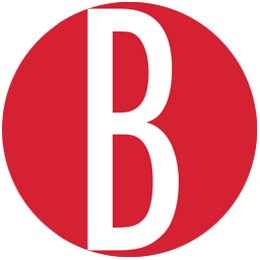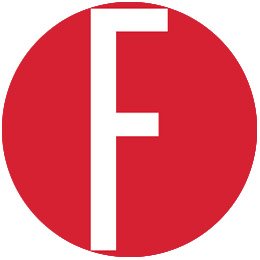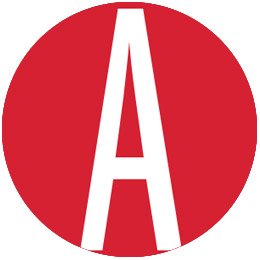Know the Signs of Stroke
Spot a stroke in seconds. Learn about BE FAST awareness.
Stroke Symptoms, Causes & Prevention
A stroke occurs when a blood vessel in the brain is blocked or bursts. Without blood and the oxygen it carries, part of the brain starts to die. The part of the body controlled by the damaged area of the brain can't work properly.
Brain damage can begin within minutes. That's why it's so important to know the symptoms of stroke and to act fast. Quick treatment can help limit damage to the brain and increase the chance of a full recovery.
If you believe someone is having a stroke, always call 9-1-1 immediately.
What are the Symptoms of a Stroke?
If you have symptoms of a stroke, call 911 or other emergency services right away.
See your doctor if you have symptoms that seem like a stroke, even if they go away quickly. You may have had a transient ischemic attack (TIA), sometimes called a mini-stroke. A TIA is a warning that a stroke may happen soon. Getting early treatment for a TIA can help prevent a stroke. Symptoms may include:
- Sudden numbness, tingling, weakness, or loss of movement in your face, arm, or leg, especially on only one side of your body.
- Sudden vision changes.
- Sudden trouble speaking.
- Sudden confusion or trouble understanding simple statements.
- Sudden problems with walking or balance.
- A sudden, severe headache that is different from past headaches.
A stroke usually happens suddenly but may occur over hours. For example, you may have mild weakness at first. Over time, you may not be able to move the arm and leg on one side of your body.
What Causes a Stroke?
There are two types of stroke:
- An ischemic (say "iss-KEE-mick") stroke happens when a blood clot blocks a blood vessel in the brain. The clot may form in the blood vessel or travel from somewhere else in the blood system. About 8 out of 10 strokes are ischemic strokes. They are the most common type of stroke in older adults.
- A hemorrhagic (say "heh-muh-RAW-jick") stroke develops when an artery in the brain leaks or bursts. This causes bleeding inside the brain or near the surface of the brain. Hemorrhagic strokes are less common but more deadly than ischemic strokes.
How Can You Prevent a Stroke?
You can help prevent a stroke if you control risk factors and treat other medical conditions that can lead to a stroke. You can help prevent a TIA or stroke by taking steps toward a heart-healthy lifestyle.
Know your stroke risk
Your doctor can help you know your risk. These are some of the common risk factors for stroke:
- You have atrial fibrillation.
- You smoke.
- You have high blood pressure.
- You have high cholesterol.
- You have diabetes.
- You are overweight.
- You do not exercise on a regular basis.
- You drink large amounts of alcohol.
Treat any health problems you have
- Manage high blood pressure or high cholesterol by working with your doctor.
- Manage diabetes. Keep your blood sugar levels within a target range.
- If your doctor recommends that you take aspirin or a blood thinner, take it. This can help prevent a stroke.
- Take your medicine exactly as prescribed. Call your doctor if you think you are having a problem with your medicine.
Adopt a healthy lifestyle
- Don't smoke or allow others to smoke around you.
- Limit alcohol to 2 drinks a day for men and 1 drink a day for women.
- Stay at a healthy weight. Being overweight makes it more likely you will develop high blood pressure, heart problems, and diabetes. These conditions make a stroke more likely.
- Try to do at least 2½ hours a week of moderate exercise. One way to do this is to be active 30 minutes a day, at least 5 days a week. Or try to do vigorous activity at least 1¼ hours a week.
- Eat heart-healthy foods. These include fruits, vegetables, high-fiber foods, and foods that are low in sodium, saturated fat, trans fat, and cholesterol. Eat fish at least 2 times each week. Oily fish, which contain omega-3 fatty acids, are best. These fish include salmon, mackerel, lake trout, herring, and sardines.
Signs Someone May Be Having a Stroke
If you think someone is experiencing a stroke, call 911 immediately.
When it comes to recognizing stroke symptoms and saving a life, every second matters. Know the signs. B-E F-A-S-T (Balance, Eyes, Face, Arm, Speech, Time).

Balance
Loss of balance or dizziness

Eyes
Vision loss or changes

Face
Facial Drooping

Arms
Weakness in one or both arms

Speech
Slurred or jumbled

Time
To call 9-1-1
Attend a Free Class to Learn More About Stroke
Cottage Health offers a free community stroke education event on the second Thursday of every month. For more information, please email stroketeam@sbch.org or call (805) 569-8291.